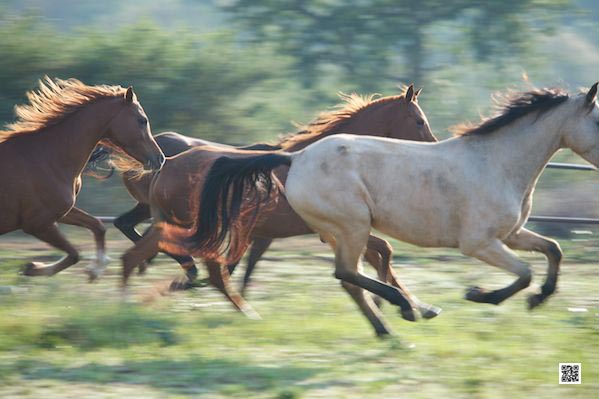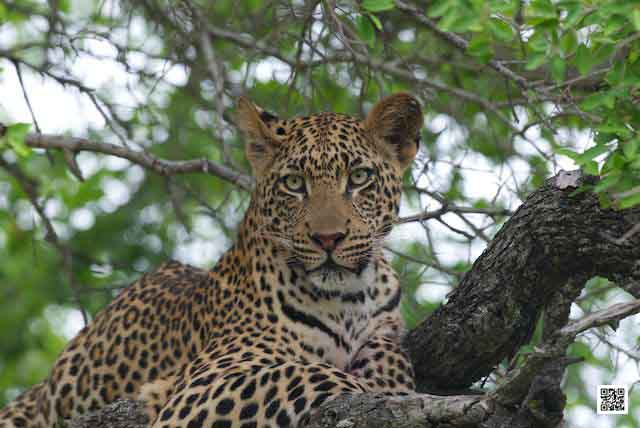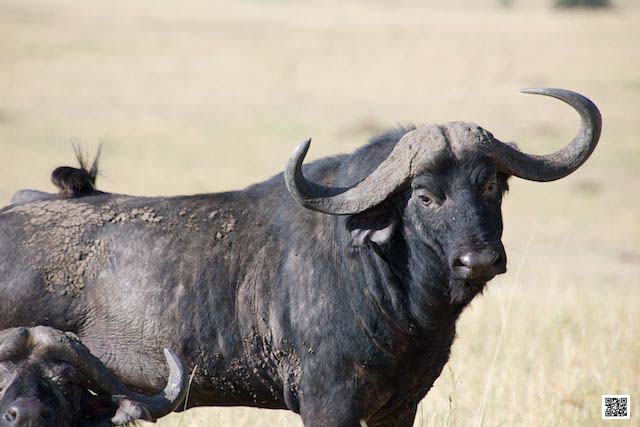leader
How Leadership Benefits from Intuition
02/05/13 18:38 Filed in: Intuition for Business

He saw things was said about Steve Jobs and probably similar attributes are used describing other charismatic innovative business leaders. What sets them apart from others?
The conscious use and trust in their intuition. Some of them might have had it always and never thought about it, reality had proved for them that they could rely on their intuition and they had never doubts. Others might have consciously learned it and went through a process of doubts and trust of falling and standing up. But the essence of all is that they were and are conscious of the benefits of utilizing their intuition for business decisions and strategies. There is nothing more reliable, nothing that leads to results faster and there is no better communication than the communication on intuitive level, completely independent from power supply and Internet access and more precise and resourceful than anything else. Tapping into the intuitive level means access to unlimited resources, only waiting to be used for the daily challenges of business and life.
Those who have doubts and would like to have a guided start into this medium can go on an intuition training photographic safari that works like a Silicon Valley Incubator. It can be a spin off to new dimensions in success and insight. And the guide is photography, a reliable tool, available anywhere at any time.
Ready for your intuition? Its waiting for you.
Ute Sonnenberg for www.rohoyachui.com
Intuitive, Inspiring Leaders
11/04/13 09:15 Filed in: B2B

Last week Nelson Mandela was discharged from hospital and relieve seemed to go around the world that he had recovered from pneumonia. Mandela is one of the most inspiring leaders, still at the age of 94 being an example of greatness.
There are not many people as exceptional as he is, yet there are many people with great potential to become and be intuitive and inspiring leaders and there are many people who are already innovative, inspiring and intuitive in their daily life. What do all these people have in common?
They have a vision, they see and they have aspirations. These leaders go unusual ways, they are open to new ideas, they give their teams the freedom to make mistakes and they are learning every day.
When one stops learning, one comes to stand still and stand still means going backwards. But those who want to learn and go forward are the ones that inspire. And this does not only apply to political and business leaders, learning is essential also in photography and not only during photography courses or during the ones booked photo safari. Learning in photography happens every day with seeing what’s around you and capturing moments.
Inspire and be inspired.
Ute Sonnenberg for www.rohoyachui.com
How to Accelerate Innovative Leadership with Photography
21/03/13 10:15 Filed in: B2B

Something is innovative when it is qualitatively new and in order to be an innovative leader, executing innovative leadership an innovative leadership tool is what is needed.
Times are fast, news spreads within seconds all over the world and high quality decisions need to be made quickly, having global impact on the company’s success and the life of people. The high quality demand in combination with time is tricky and asks for a tool that can manage both with the result of innovative decisions. The tool needs to serve innovative leaders and accelerate innovative leadership. This tool is photography.
Photography is easy, quick, reliable, insightful and last but not least also fun. And when there is fun, work and learning just goes easier. Instead of a long and tiring process photography makes it possible to get to the point quickly, unearths insights instantaneously and is incredibly easy to handle. It is applicable to all issues, processes, projects and leadership challenges, team buildings, HR tasks and in house training and coaching. The utilization of photography accelerates problem solving, strategic planning, product development and any other task a company is dealing with every day.
Use it, accelerate innovation and bring some fun into daily work. Well it is not quite a photographic safari experience, but there are pretty sure some Big 5 just around the corner of the office. It is about seeing, innovation is about seeing like Steve Jobs did and photography makes one see.
Happy accelerated seeing with photography!
Ute Sonnenberg for www.rohoyachui.com
Innovative Brainstorming with Photography
14/03/13 12:34 Filed in: B2B

Brainstorming is often the way we try to find ideas regarding a certain project, a new product or for problem solving. We use it in business, in personal life and for creative processes. And we usually talk a lot while brainstorming, using several techniques to tap into our creativity to come up with innovative ideas. Also images are involved, but the semantic plays a major role.
How about using only images to brainstorm? A team is brainstorming about lets say a business issue and using entirely photography to unearth problem solving ideas and concepts. Each member of the team visualizes an idea through photography and shows the image to the colleagues. All team members look at all images, “digest” what they see and take the ideas further; visualizing what potential they see in them. At the end of the brainstorming session the essence of all ideas is left on the screen in form of one or more images for further use to solve the business issue.
These sessions are very efficient and allow leaders to guide their teams to innovation in an intuitive way. They work also for issues within teams and can be used in team buildings e.g. in combination with photographic safari excursions for one or more days. The environment will contribute to the success. But in essence they work anywhere, in meeting rooms in offices, on planes, at conferences and anywhere else.
Try it and by the way they are fun too.
Ute Sonnenberg for www.rohoyachui.com
A Story of Disruptive Innovation and Photography
22/01/13 16:59 Filed in: Insights & Opinion | Photography & Art

Good ideas often come while we are doing something very boring like driving on the freeway, washing the dishes, doing ironing or other monotone work. We get in some kind of a trance and our thoughts start wandering away and sometimes to places where ideas wait to be discovered. Our mind gets somehow switched off and the intuitive level takes over. In other words our usual thoughts are put to sleep.
Now we got this amazing idea, we quickly finish the dishes and go straight behind the computer to work the whole thing out for implementation into practice. Lets say the idea is a new kind of team building that uses photography to align the energies of the individual team members in order to accomplish the team goals. This might sound complicated, but it is not, its only photography and it will feel like a normal photography course, only the results will be more beneficial for the team. Lets call it an innovative application of photography for business.
How do others experience this innovation? Some will see immediately the fun of photography and will be curious to discover new exciting things. Others might be skeptical and might feel a bit uncomfortable, not knowing how the whole thing will work. For them it might feel disruptive, different from the usual team building they always had and reluctance might creep up, tempted to reject the innovative approach of the team building.
What will win, the reluctance or even rejection or the curiosity, fun and excitement? This is the moment when leadership is needed. At the end the leader guides the team to new success and sometimes something has to disrupt the routine to achieve new levels of achievements.
Another example: Who remembers the Reebok Pump? Here what happened when the innovation was introduced to the responsible people:
“When Continuum pitched an idea to Reebok for a new basketball shoe that would use inflated air to better support the ankle, thereby reducing injuries, the brand manager for basketball shoes said he wasn’t interested because he had never heard about a need for that from a focus group. When we proposed the idea to a high school basketball team, the response was even worse--the players openly laughed at the concept.
But when the team members actually used an early “experiential model” of the shoe during practice, they were won over by how cool it was to have a shoe form-fitted to their feet. Over time, they were even more enthusiastic as they realized they could play more confidently without fear of injury. Like that, the Reebok Pump was born.” (via Co.Create, read the article here)
The Reebok Pump could be called a disruptive innovation. It obviously disrupted the usual thinking and doing, yet when eventually tested all were happy.
There are plenty of examples like the Reebok Pump, also in art and photography. People disliked the painting style of Van Gogh. It was different from the style of other successful painters at this time and Van Gogh’s style might have been experienced as disruptive.
Long story short, disruptive innovation is something revolutionary and photography is a wonderful medium for innovation, within photography and beyond. Use it and be not discouraged when some people might feel disturbed. You might be a new Van Gogh or Rembrandt!
Keep snapping!
Ute Sonnenberg for www.rohoyachui.com
Take an External Perspective for Better Insight
17/01/13 08:23 Filed in: Insights & Opinion

When you visit a museum, where do you stand to look at a painting? Do you stand right in front of the wall, your nose almost touching it or do you stand looking from a distance? Well, if you want to see exactly every brush stroke, you got to come close, but when you want to see the entire masterpiece, you got to watch from a distance.
Talking about an accident is easier when you were witnessing it rather than being involved yourself. You might become emotional while talking when you are one of the victims.
These are two everyday life examples, that having a distance allows a better view on things in their complexity. One can “walk” around a problem or case and see all its aspects from different angles, which result in deeper insights. Innovative leaders will practice that method and photographers do that as well, constantly.
Pretty much every camera has a zoom and if not in the camera, the photographer has most likely a zoom lens. And what are they doing? Zooming in and out constantly to capture the subject the way they experience it, some more closely, others more from a distance. A photographer has always an external perspective and that makes it possible that they can photograph scenes one can hardly look at. Like being a victim of an accident or witnessing an accident, being a witness gives the distance and the insights.
Ute Sonnenberg for www.rohoyachui.com